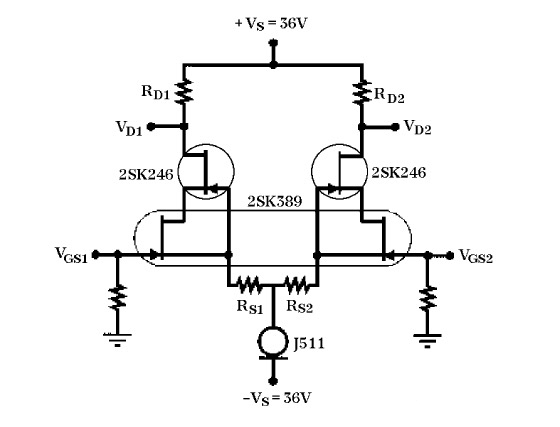Firstly, The Fethead doesn't pass on phantom power, so not usable with condenser microphones, which to me would be a major limitation.
Secondly, they have fixed gain, and as I've found to my cost on occasions, microphone amplifiers very much need variable gain, as the dynamic range of real life is huge, and with fixed gain one either runs into noise, or at the other end, distortion. For controlled speech use with dynamic microphones they may be OK, but I would much prefer something more controllable.
As to DIY, unless you particularly want to do it for the satisfaction and instruction, I would buy one of the many mic amps around, for less money than it would cost to make one. They can be direct to USB, such as the Focusrite Scarlett range, or cheaper, any of the Behringer interfaces. Alternatively, there are again any number of small analogue mixers, I use a Behringer Xneyx mixer which has some pretty good mic amps, with decent enoughEQ.
S.



